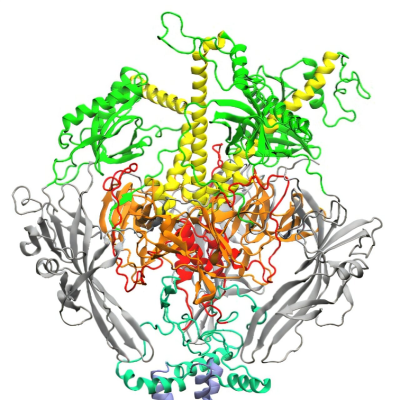Innovation and technology are leading to significant breakthroughs in healthcare and the use of nanotechnology particularly is accelerating research into a new realm of medtech products. The most recent predictions suggest that the use of nanotechnology in medical device development is due to reach $20.82 billion with a CAGR of 11.9% from 2020-27.
The U.S. currently dominates the market in this area with a prevalence of bigger players driving the research. The growth of the market is currently driven by an ageing population and an increasing prevalence of disease such as cancer, genetic and cardiovascular disease as well as chronic conditions.
However, nanotechnology is costly and challenging to develop and needs specific talent to be able to take it forward. Global medtech companies are broadening their sights to find the expert support and sources of talent needed to mitigate the risks of becoming involved in high risk, early-stage research in-house where they would have to place multiple bets on technologies that may or may not work.
There are three main reasons why Ireland is proving to be an attractive partner for companies involved in nanotechnology.
A rich ecosystem, funding and support provides the ideal environment
Global medtech companies are already using production sites in Ireland to tap into its track record, rich eco-system, funding supports and talent pool.
The Science Foundation Ireland Advanced Materials and Bioengineering Research Centre (AMBER), is currently partnering with some sizeable companies who are using the funding and facilities available for their nanomedicine research projects. For example, New Jersey-based Integra LifeSciences is teaming with AMBER researchers based in the Royal College of Surgeons of Ireland and Trinity College Dublin to develop biomaterials for the treatment of peripheral nerve injuries, restoring the structural and functional properties of damaged or degenerated tissue via regenerated nerves. Johnson & Johnson too is working on a programme focused on 3D bioprinting of biological cells and biomaterials for promoting bone and tissue regeneration in the treatment of patients with degenerative diseases such as osteoarthritis.
Support from well-established global hub to take risk out of research
Support from the Irish Government and IDA Ireland is a crucial factor in the reasons why companies are seeing Ireland as an attractive prospect to help them kick-start their nanotechnology potential.
IDA Ireland’s focus on supporting research is a big draw, with its 25% R&D tax credit for RD&I expenditure for activities in a wide variety of science and technology fields, in addition to grants and innovation supports for investors.
Researching new nanomaterials is an imposing task which presents risks when trying to develop something at scale for industry applications. But the expertise and infrastructure within Ireland’s medtech hub enables companies to get on board with research with skilled scientists.
Another challenge for medtech companies, is that research is typically funded by a company itself, which can be a significant undertaking in the case of early-stage research. Under the SFI centre cost-share model, AMBER has the ability to co-fund projects with the collaborating company, which is well suited to early-stage high risk research. In this scenario any foreground IP will be owned by the University with the company having the option to license. The company can also fully fund the project in which case the foreground IP may be assigned at the end of the project.
Academic researchers from across the globe give companies solid lift off
The nature of nanotechnology is that it is multi-disciplinary and needs to bring together expertise of academic researchers from several different fields, including physics, chemistry, bioengineering and immunology. Traditionally companies will collaborate with a top domestic university lab and use its resources, but this is usually a one-off situation.
However, collaborating with AMBER in Ireland means companies have access to the eight different universities that are affiliated with the centre. They can then define the nanotechnology research that they’re interested in exploring and the centre will put together potential academics from its institutional partners who could assist with the project.
The resources within these eight institutions include academics from all over the world who come to Ireland because of its reputation for investing in breakthrough research. Thus, it's not surprising that Ireland is competitive with the world's top universities, and that AMBER has won a multitude of prestigious European Research Council awards. With such assistance, global firms get a solid lift-off for major research that can then be brought into their company at a more mature stage, and is more likely to translate into a product. Investors in Ireland have access to the many trained graduates produced annually by the universities in Ireland, alongside access to transferable applied nanotechnology research in ICT, biophotonics.
Read the original article on Med-Tech Innovation.







